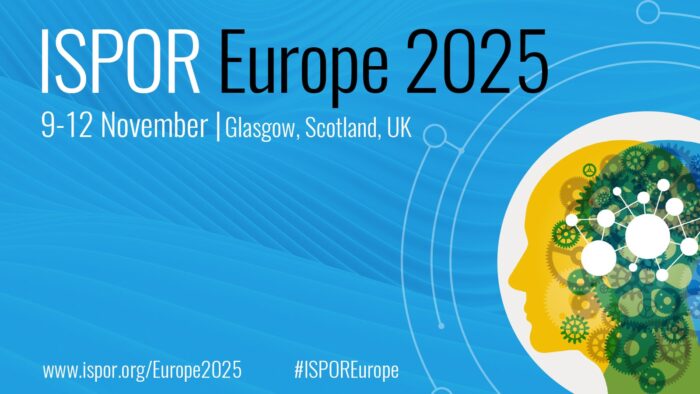Medaffcon’s CORE Data Shows: Hospital Care Costs Declining, PD-L1 Testing and Immuno-Oncology Treatments Increasing in the HUS Region of Finland
The studies are based on Medaffcon’s Collaboration Research (CORE) dataset – a unique research platform.
The preparation of the European Health Data Space (EHDS) is progressing at the national level in Finland, but the challenges are accumulating for wellbeing services counties and system providers, who must adapt their structures to EU-level formats and interfaces.
The implementation of the European Health Data Space is moving forward across the European Union, and Finland is in a strong position in the process. The country has established legislation and a highly developed infrastructure for both the primary and secondary use of health data. However, significant gaps remain at the local level — particularly in terms of resources, expertise, and data readiness.
There are only three and a half years left to prepare the system. According to Markus Kalliola, Programme Director at Sitra, the greatest challenges lie with the wellbeing services counties and system providers, who must align their systems with EU-level formats and interfaces.
“Interoperability between patient information systems is a key challenge. The EHDS requires that prescriptions and patient summaries comply with a pan-European format by 2029 and laboratory and imaging results, and hospital discharge records by 2031,” Kalliola says.
The implementation will demand major investments in infrastructure, data model harmonisation, and the description of metadata within wellbeing services counties. National actors — including the Ministry of Social Affairs and Health (STM), the Finnish Institute for Health and Welfare (THL), and Findata — will also require additional resources as their responsibilities expand.
“The current budget frameworks do not allow for full-scale implementation. New decisions will be needed already during this government term,” Kalliola notes.
Authorities must be designated by 2027, and the entire system must be operational by 2029. The schedule is tight, but according to Kalliola, Finland has exceptionally strong starting points. The Secondary Use of Health and Social Data Act (2019) and the long-developed Kanta Services provide a solid foundation for the European health data era. The Kanta Services are digital services used by social welfare and health care sectors and the public.
“Many solutions that are new to other countries are already part of everyday life in Finland,” he reminds.
Finland’s national health data catalogue and Findata’s permit procedures already closely resemble the model that the EHDS will introduce across Europe. In the future, the scope of secondary use will expand to include genomic and wellbeing data as well as clinical research datasets — opening new opportunities for research and data sharing.
The EHDS will harmonise health data interfaces and data models across the EU, enabling cross-border data exchange and consistent ethical and data protection practices. For Finland, this means both an opportunity to influence the definition of standards and an obligation to align national solutions with them.
So far, awareness of the EHDS and its implications among citizens, clinicians, and researchers remains limited. The Ministry of Social Affairs and Health (STM) and the Finnish Institute for Health and Welfare (THL) play key roles in communication, but successful implementation will require broader engagement at all levels.
Sitra supports Finland’s national EHDS preparation, providing knowledge and fostering collaboration among stakeholders. Sitra is an independent public fund operating under the Finnish Parliament, but it is not part of the government administration.
“Interest is likely to increase once the change becomes visible in everyday life. For example, when in 2029 it becomes possible to collect a prescription medicine in another EU country without any special arrangements,” Kalliola predicts.
Preparing for the EHDS Era in Sweden Requires Major Investments

The studies are based on Medaffcon’s Collaboration Research (CORE) dataset – a unique research platform.

Medaffcon develops the Patient Dynamics tool based on customer feedback and user experience.

Patient Dynamics tool compiles up-to-date and regional data on medicine use in Finland and Sweden.